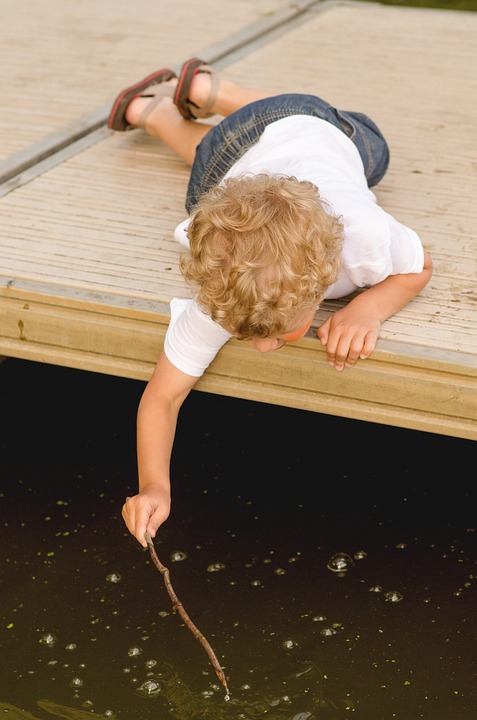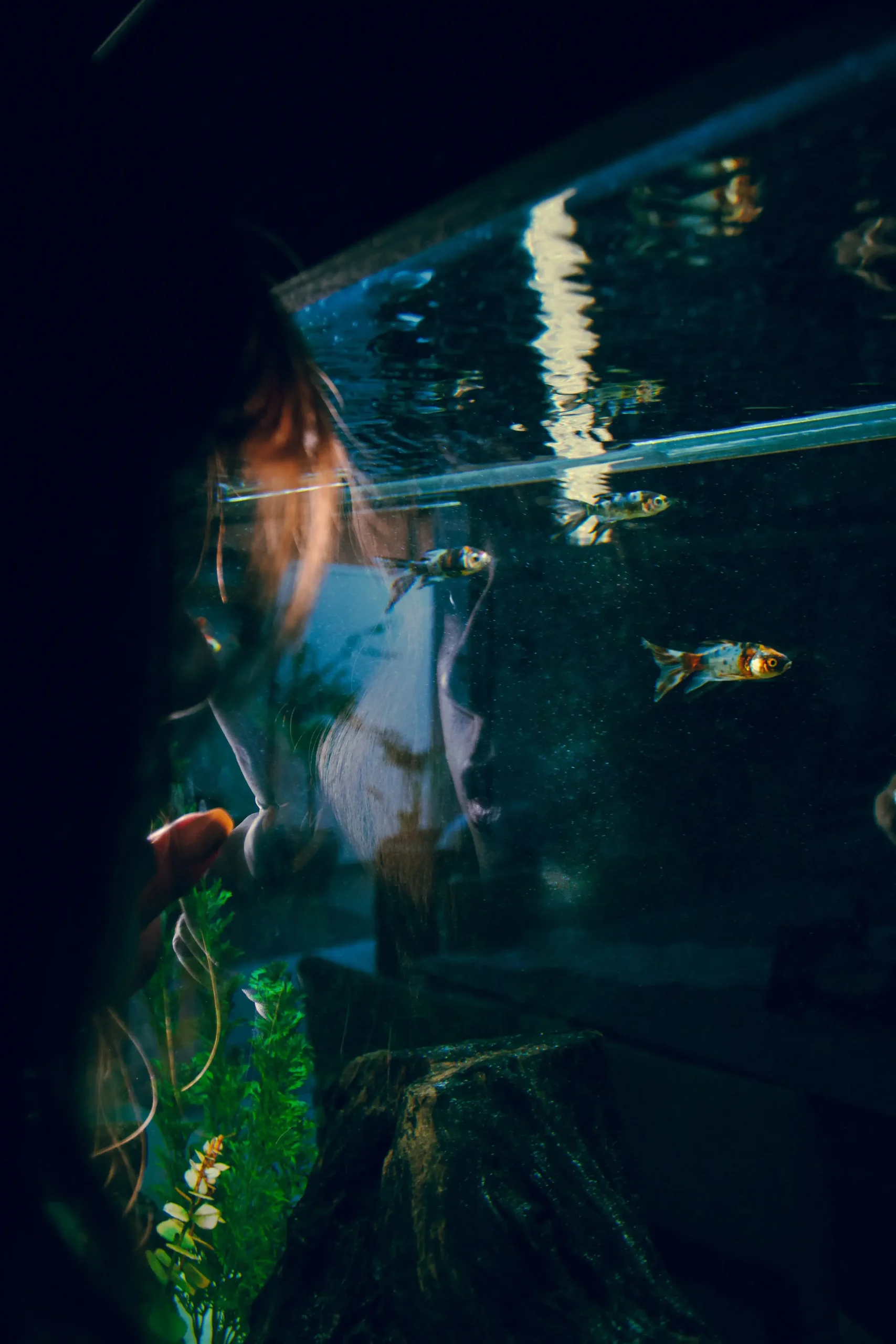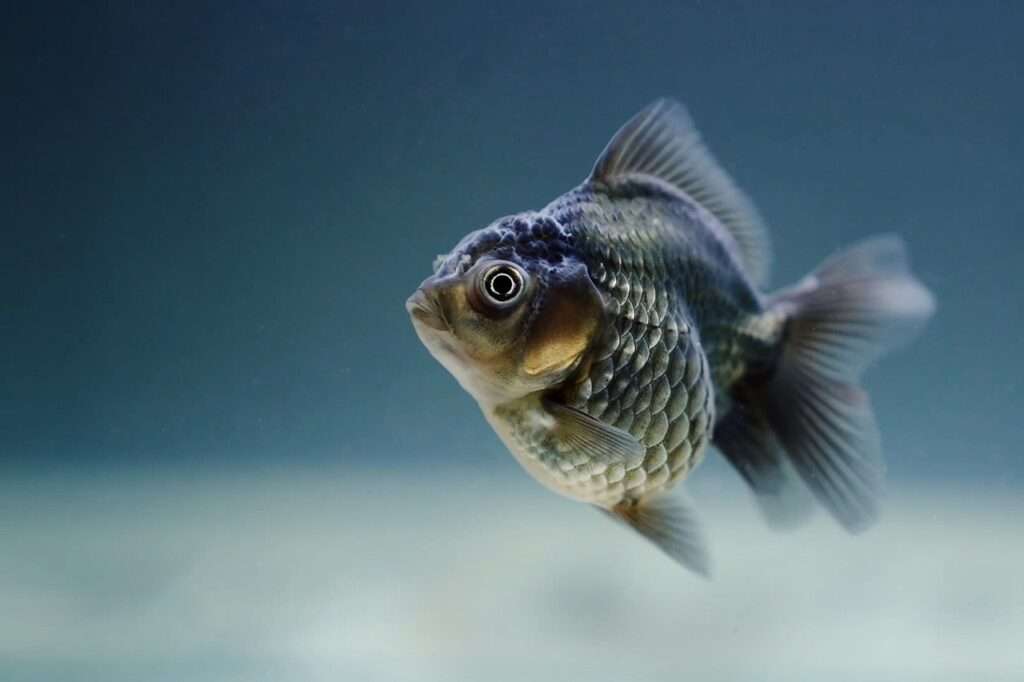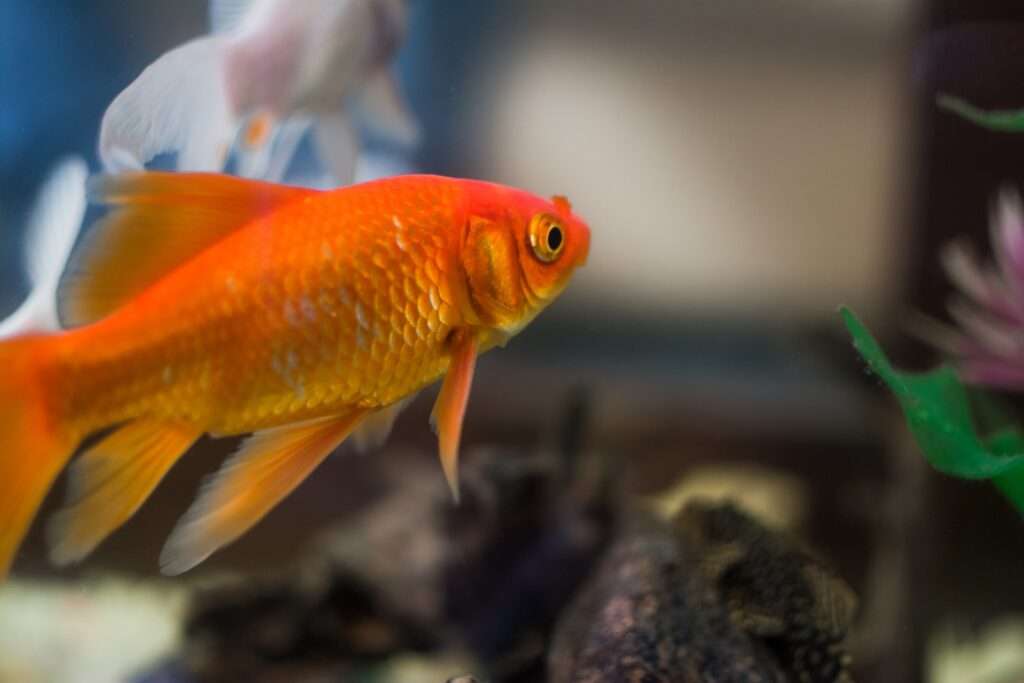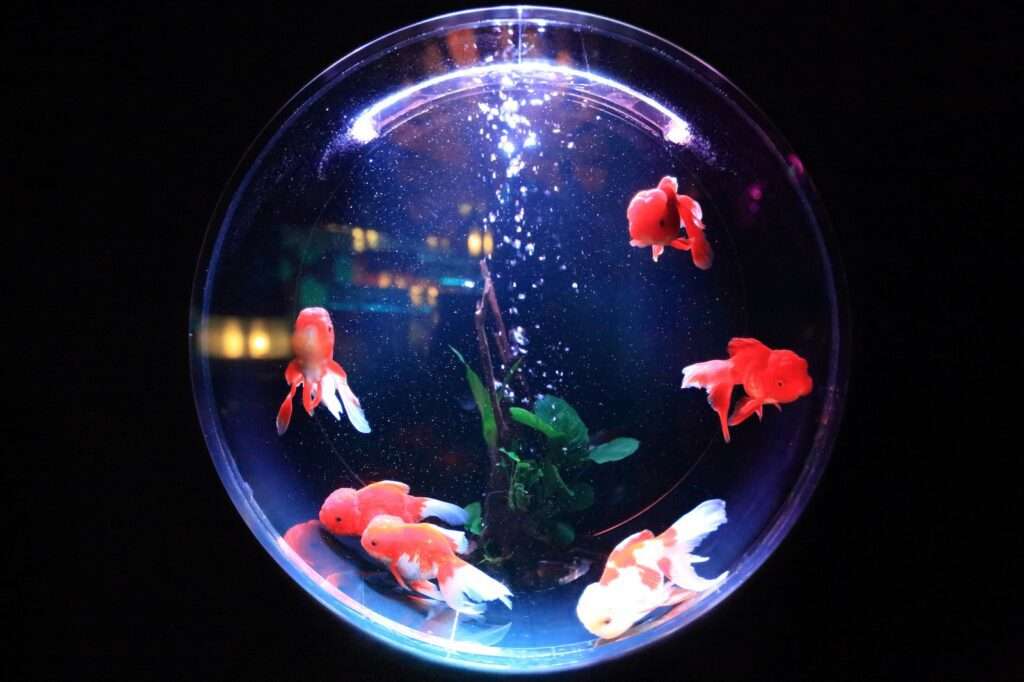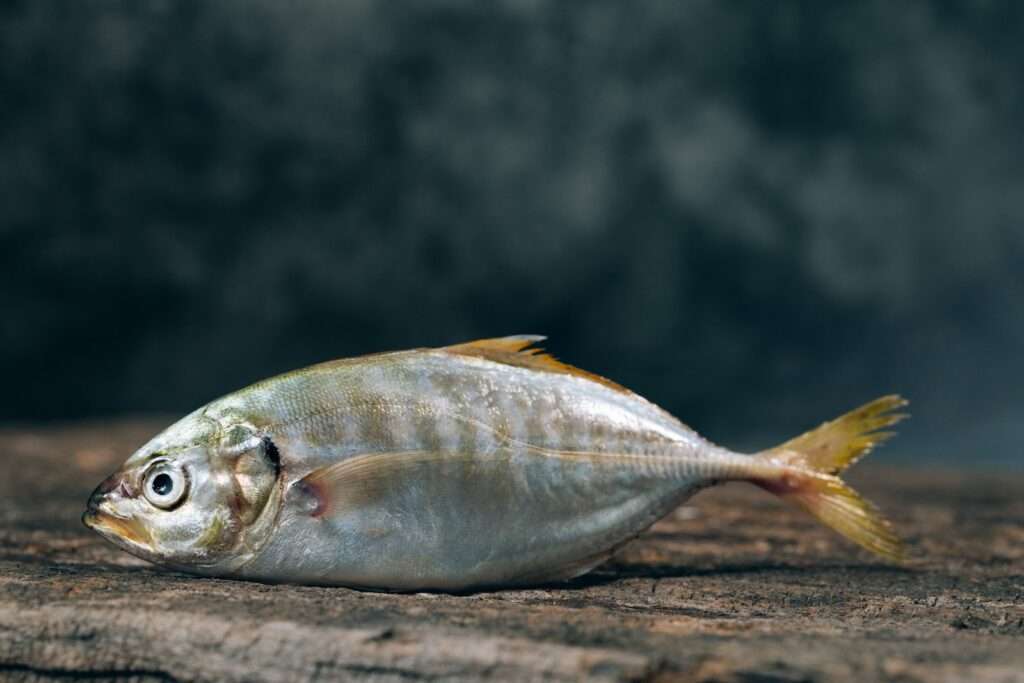Preventing Hole-in-the-Head Disease: Essential Tips for Fish Tank Owners
Introduction:
Understanding Hole-in-the-Head Disease and Its Impact on Fish Health
Hole-in-the-Head Disease, also known as Hexamita or Head and Lateral Line Erosion (HLLE), is a common ailment that affects many species of fish kept in aquariums. This disease is characterized by open sores or pits on the head and along the lateral line of the fish. It can cause severe damage to the fish’s health if left untreated. In this article, we will explore the causes, symptoms, and prevention methods for Hole-in-the-Head Disease.
Section 1: What is Hole-in-the-Head Disease?
1.1 Definition and Symptoms
Hole-in-the-Head Disease is a condition that affects the skin and tissues of fish, leading to the formation of open sores or pits. These pits can vary in size and depth and are most commonly found on the head and along the lateral line of the fish. Other symptoms may include loss of appetite, weight loss, lethargy, and a decline in overall health.
1.2 Causes and Contributing Factors
Hole-in-the-Head Disease is caused by a parasite called Hexamita, which is commonly found in aquariums. However, it is important to note that the presence of the parasite alone does not guarantee the development of the disease. Contributing factors such as poor water quality, inadequate nutrition, stress, and a weakened immune system can increase the susceptibility of fish to this disease.
Section 2: Maintaining Optimal Water Quality
2.1 Importance of Clean Water for Fish Health
Maintaining clean water is crucial for the overall health of fish. Poor water quality can weaken their immune system and make them more susceptible to diseases like Hole-in-the-Head. Regular water testing and monitoring are essential to ensure that the water parameters, such as pH, ammonia, nitrite, and nitrate levels, are within the appropriate range for the specific species of fish.
2.2 Regular Water Testing and Monitoring
Regular water testing is necessary to detect any imbalances or fluctuations in water parameters. It is recommended to test the water at least once a week using reliable test kits. If any issues are detected, appropriate actions should be taken to correct the water quality.
2.3 Performing Routine Water Changes
Regular water changes are essential to remove accumulated toxins, waste, and excess nutrients from the aquarium. A weekly water change of 25-30% is generally recommended, but it may vary depending on the specific needs of the fish and the size of the tank. By maintaining clean water, the risk of Hole-in-the-Head Disease can be significantly reduced.
Section 3: Providing a Balanced Diet
3.1 Nutritional Requirements for Fish
Providing a balanced diet is crucial for the overall health and well-being of fish. Different species of fish have varying nutritional requirements, so it is important to research and understand the specific needs of the fish in your tank. A high-quality commercial fish food that is specifically formulated for the species being kept is generally a good choice.
3.2 Importance of Varied and High-Quality Food
Feeding a varied diet is important to ensure that fish receive all the necessary nutrients. It is recommended to supplement the staple diet with occasional treats such as live or frozen foods like bloodworms, brine shrimp, or daphnia. High-quality food that is free from fillers and artificial additives should be chosen to support the fish’s immune system and overall health.
3.3 Supplementing with Vitamins and Minerals
Supplementing the fish’s diet with vitamins and minerals can help boost their immune system and improve their overall health. Fish-specific vitamin supplements can be added to their food as per the manufacturer’s instructions. However, it is important not to over-supplement, as excessive amounts of certain vitamins can be harmful to fish.
Section 4: Enhancing Tank Environment and Reducing Stress
4.1 Providing Adequate Space and Hiding Spots
Fish require adequate space to swim and explore their environment. Overcrowding can lead to stress, which can weaken their immune system and make them more susceptible to diseases. Providing hiding spots such as caves, plants, or decorations can also help reduce stress by giving fish a sense of security.
4.2 Maintaining Proper Lighting and Temperature
Lighting and temperature play a crucial role in the overall health of fish. It is important to provide the appropriate lighting conditions and maintain a stable temperature within the recommended range for the specific species being kept. Sudden fluctuations in temperature or exposure to excessive light can cause stress and compromise the fish’s immune system.
4.3 Minimizing Noise and Vibrations
Excessive noise and vibrations can also be stressful for fish. Placing the aquarium in a quiet location away from loud noises or vibrations can help reduce stress levels. Additionally, sudden loud noises or vibrations near the tank should be avoided to prevent unnecessary stress.
Section 5: Implementing Effective Filtration Systems
5.1 Choosing the Right Filtration System
Choosing an appropriate filtration system is crucial for maintaining optimal water quality in the aquarium. There are various types of filtration systems available, including mechanical, chemical, and biological filtration. It is important to select a system that is suitable for the size of the tank and the specific needs of the fish.
5.2 Importance of Biological Filtration
Biological filtration is particularly important for maintaining a healthy aquarium environment. It involves the growth of beneficial bacteria that help break down harmful substances, such as ammonia and nitrite, into less toxic compounds. A well-established biological filtration system can significantly reduce the risk of Hole-in-the-Head Disease.
5.3 Regular Filter Maintenance and Media Replacement
Regular maintenance of the filtration system is necessary to ensure its optimal performance. This includes cleaning or replacing filter media as per the manufacturer’s instructions. Neglecting filter maintenance can lead to the accumulation of debris and toxins, which can negatively impact water quality and fish health.
Section 6: Quarantining and Isolating Sick Fish
6.1 Identifying Early Signs of Hole-in-the-Head Disease
Regular observation of fish is crucial to identify any signs of illness at an early stage. If you notice any open sores, pits, or other abnormal symptoms on the fish’s head or along the lateral line, it is important to take immediate action to prevent the disease from spreading to other fish in the tank.
6.2 Setting Up a Quarantine Tank
Setting up a quarantine tank is essential to isolate sick fish and prevent the spread of disease to healthy individuals. The quarantine tank should be equipped with appropriate filtration and maintained separately from the main tank. Sick fish should be transferred to the quarantine tank for observation and treatment as necessary.
6.3 Administering Appropriate Medications
Consulting with a veterinarian or an experienced fish hobbyist is recommended to determine the appropriate medications for treating Hole-in-the-Head Disease. Medications may include anti-parasitic drugs or antibiotics, depending on the severity of the disease. It is important to follow the instructions carefully and complete the full course of treatment.
Section 7: FAQs (Frequently Asked Questions)
7.1 How contagious is Hole-in-the-Head Disease?
Hole-in-the-Head Disease is not highly contagious, but it can spread among fish in the same tank if the conditions are favorable for the parasite. It is important to take preventive measures to minimize the risk of spreading the disease.
7.2 Can Hole-in-the-Head Disease be cured?
With proper treatment and care, Hole-in-the-Head Disease can be cured. However, early detection and timely intervention are crucial for successful treatment outcomes.
7.3 Is Hole-in-the-Head Disease preventable?
Preventing Hole-in-the-Head Disease involves maintaining optimal water quality, providing a balanced diet, minimizing stress, and implementing effective filtration systems. While no prevention method can guarantee complete immunity, taking these proactive steps can significantly reduce the risk of the disease.
7.4 Can I use natural remedies to treat Hole-in-the-Head Disease?
There are some natural remedies available that claim to treat Hole-in-the-Head Disease. However, their effectiveness varies, and it is important to consult with a veterinarian or an experienced fish hobbyist before using any natural remedies.
7.5 How often should I perform water changes to prevent Hole-in-the-Head Disease?
Performing regular water changes is essential to prevent Hole-in-the-Head Disease. A weekly water change of 25-30% is generally recommended, but it may vary depending on the specific needs of the fish and the size of the tank.
Conclusion:
Taking proactive measures to prevent Hole-in-the-Head Disease in fish tanks is crucial for maintaining the health and well-being of your aquatic pets. By maintaining optimal water quality, providing a balanced diet, minimizing stress, implementing effective filtration systems, and taking swift action when necessary, you can significantly reduce the risk of this disease and ensure a thriving and vibrant aquarium environment. Remember, early detection and timely intervention are key to successful prevention and treatment outcomes.

